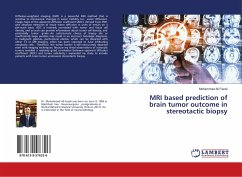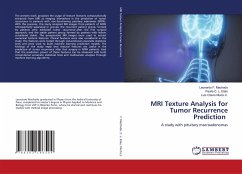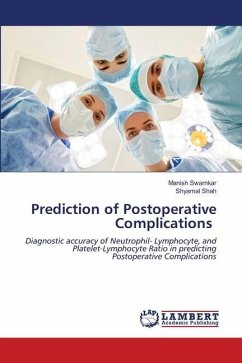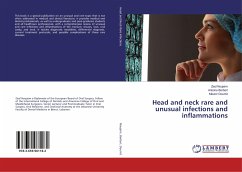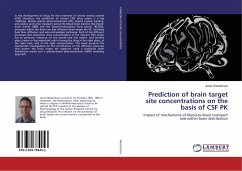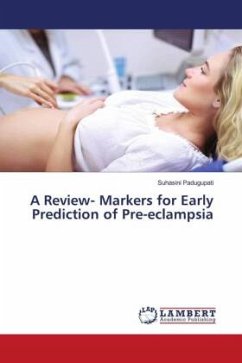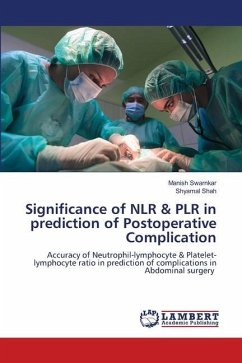Diffusion-weighted imaging (DWI) is a powerful MRI method that is sensitive to microscopic changes in water mobility (i.e., water diffusion). Image maps of the apparent diffusion coefficient (ADC), derived from DWI, give absolute measures of tissue water diffusion in units of mm2/s on a per-voxel basis. ADC is inversely correlated with tumor and tissue cell density, and as such can provide information about tumor cell density, and potentially tumor grade. An unfortunate choice of biopsy site or insufficiently large samples may result in an incorrect histologic diagnosis. In malignant gliomas, peritumoral edema, which can be depicted with either CT or MR imaging, often has been reported to have infiltrating neoplastic cells . Therefore, the tumor border is still inaccurately depicted even with imaging techniques. Because my initial observations of astrocytic tumors revealed a relatively good correlation between apparent diffusion coefficient (ADC) and tumor cellularity, I expandedmy study to include patients with brain tumor underwent stereotactic biopsy.

